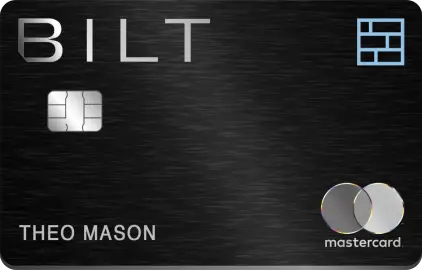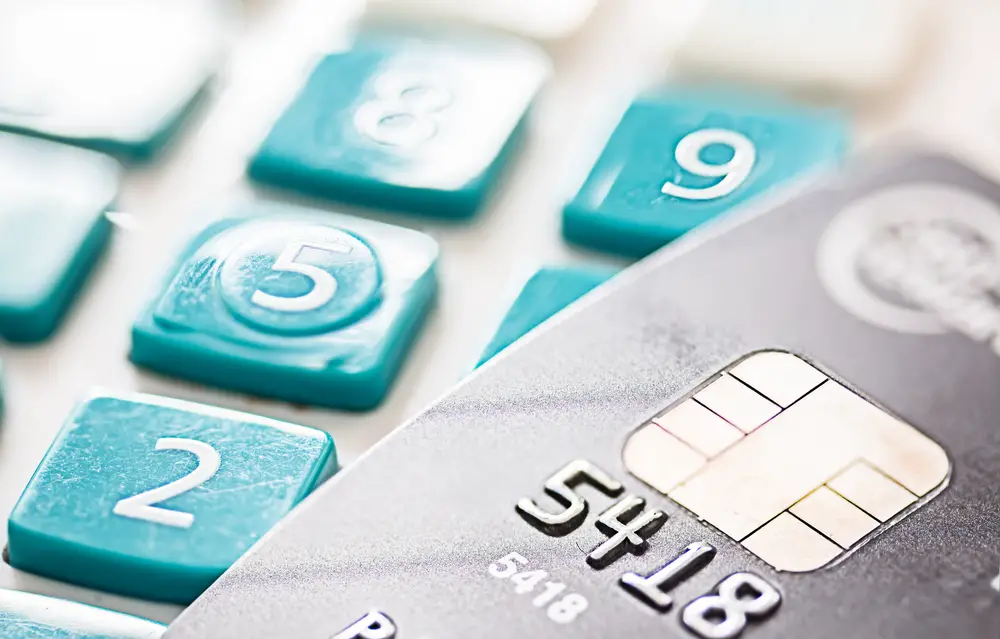Percent Off Calculator: Find Discounted Price with Single or Stacked Offers

Quick Overview
- Percentage off reduces the original price of an item by a specified percentage to determine the discounted price.
- To calculate percentage off, multiply the original price by the percentage (as a decimal) to find the discount amount, then subtract it from the original price.
- Stacking multiple discounts applies each percentage discount sequentially to the reduced price, not the original price.
- Calculating sales tax with discounts: Apply the discount to the original price first, then calculate sales tax on the discounted amount.
- Percentage off vs. cash off: Percentage discounts lower the price by a percentage, while cash discounts subtract a fixed dollar amount.
Use our Percent Off Calculator to easily calculate discounts on a single item or the total cost of multiple items. Factor in sales tax and apply additional discounts as a percentage or cash amount for accurate savings.
How do you figure out percentage off?
Taking a percentage off a price means calculating a discount by reducing the original price by a certain percentage. To do this, follow these steps:
- Determine the percentage you want to discount (e.g., 20%).
- Convert the percentage to a decimal by dividing it by 100 (20% becomes 0.20).
- Multiply the original price by the decimal to find the discount amount.
- Example: For a $180 total with a 20% discount, multiply $180 × 0.20 = $36.
- Subtract the discount amount from the original price to get the final price.
- Example: $180 - $36 = $144.
This process works for any percentage and helps you calculate the reduced price after applying the discount.

How does percentage off stack with other discounts?
When stacking multiple discounts, it’s important to understand how they work together. For instance, if an item is 15% off and you can stack another 10% discount, the total discount is not a straight 25%. Instead, the second discount is applied to the already-reduced price, not the original price.
For example, if you apply a 20% discount to an item, reducing its price to $144, and then stack an additional 10% discount, you calculate the second discount on $144. Multiply $144 by 0.10 to get $14.40. Subtracting this from $144 brings the final price to $129.60.
This stacked discount is less than a single 30% discount would be, illustrating how stacking works incrementally.
Does the order of discounts matter?
If you're stacking 'percent off' discounts, the order in which you use them will not matter. This because calculating the discount is all based on multiplication. The order in which you multiply these numbers will not change the outcome.
For example, let's say that you have a 10% coupon and a 25% coupon that can be stacked together on a order that costs $200.
Use 20% Coupon First
- Discount: 20% of $200 is $40
- Total: $160
Use 10% Coupon Next
- Discount: 10% of $160 is $16
- Final Price: $144
Use 10% Coupon First
- Discount: 10% of $200 is $20
- Total: $180
Use 20% Coupon Next
- Discount: 20% of $180 is $36
- Final Price: $144
The final price ends up being the same because both discounts only involved multiplication.
Rakuten Rewards is a free cash back portal that lets you earn up to 10% cash back (or more) when shopping online. Stack your savings by combining Rakuten cash back with existing discounts and rewards from your favorite retailers.
It’s easy to sign up and use, making it a win-win for any online shopper!
Percent Off Calculator
Wondering how much you’ll save with a percent-off deal? This interactive calculator helps you calculate the final price after one or more percent-off discounts — whether it’s 10%, 20%, 50%, or a stacked promo like “25% off, then 10% off.” You can also apply sales tax on the discounted total to see your final cost. It’s perfect for couponers, savvy shoppers, or anyone trying to break down complicated sale math before hitting “buy.”
We've run the calculations and checked them twice — here are the credit cards that consistently provide outstanding value to our users:
- Best flexible travel card: Capital One Venture Rewards Credit Card
- Best for high cash back: Blue Cash Preferred® Card from American Express
- Best for foodies: American Express® Gold Card
- Best for business travel rewards: Ink Business Preferred® Credit Card
- Best for heavy business spenders: Capital One Spark Cash Plus

Earn points paying rent with no transaction fee using the Bilt Mastercard®.
Redeem points towards future rent payments or transfer them to airline and hotel loyalty programs.
Earn status with Bilt Rewards and get treated like a VIP in your neighborhood with bonus points and access to exclusive benefits at local restaurants, fitness studios, and more.
Learn moreCash Back Calculators & Guides
-
1% Cash Back Calculator
Use this 1% cash back calculator to see how much you'll earn on any purchase. Instantly calculate one percent back on your spend — fast and easy. -
1.5% Cash Back Calculator
Estimate your 1.5% cash back with this interactive calculator. Quickly see how much one and a half percent of your spending earns in rewards. -
2% Cash Back Calculator
Instantly calculate 2% cash back on any purchase. Use this calculator to find out how much you earn with a 2 percent rewards rate. -
3% Cash Back Calculator
Use our 3% cash back calculator to determine how much you'll earn on any amount. Easily estimate three percent rewards on your purchases. -
4% Cash Back Calculator
Easily calculate 4% cash back on your purchases. Use this calculator to see how much four percent rewards add up to for any spend level. -
5% Cash Back Calculator
Use this interactive 5% cash back calculator to find out how much you’ll earn on any purchase amount. Instantly calculate your 5% rewards. -
10% Cash Back Calculator
Use this 10% cashback calculator to estimate how much you’ll earn from high-value offers or promos. Quickly calculate 10 percent of any purchase. -
Percent Off Calculator
Use this percent off calculator to determine the discounted price of any item. Calculate single or stacked percent-off deals with optional sales tax included.





























